Living in Europe, you can surf all year round. Here’s my subjective list of European spots depending on the season. Part 1: Winter.
Central Europe isn’t a dream place to live for surfers. But considering the ease of moving around the continent and the distance to the reservoirs allowing surfing I think it’s not that bad. For example from Poland you can get by plane to the European Atlantic coast or the Canary Islands within few hours. The Baltic Sea has become more and more popular among surf lovers as well. I wrote about the potential of Polish coast here.
As long as I admire cold water surfers this series of articles focuses on surf destinations and their fit to the seasons for those who prefer surfing in the water above 13 degrees Celsius, which is the temperature that is the lower limit of thermal comfort for most foams with a thickness of 3/2 mm.
The series starts with Winter.
Destination no 1: Canary Islands, Spain
The popular Canary Islands are considered one of the best European surf destinations in the winter months. Thanks to the wide range of budget airlines that regularly fly in that direction, the distance isn’t a problem any more. For example, getting on a plane in Poland (Cracow, Warsaw or Katowice) you land on the selected island of the archipelago after less than 6 hours. I asked Krzysiek Sikora, a cold water surfer, instructor and co-founder of Learn 2 Surf school about the surfing qualities of the Canary Islands. Krzysiek regularly visits the islands and organises surf trips there.
Krzysiek Sikora, Baltic Sea, photo: Krzysztof Jędrzejak/Baltic Surf Scapes
Son of a Beach: Why do you think the Canary Islands are a good surfing destination when winter is starting to knock on the door in Poland?
Krzysiek Sikora: It’s said that Canaries are a place of everlasting spring – almost all year round we can find temperatures around 20 degrees a day and not much less at night. Just add perfect waves for surfers of all skill levels practically all year round and you have an ideal mix. An additional advantage is the cheap flights, which reduces travel costs. Very good food and nice people are also worth mentioning.
SOAB: Which particular island offers the best conditions for beginners and less advanced surfers?
KS: When we organized our November surfcamp in the Canaries we knew straight away that it would be Lanzarote. We knew that because we had the opportunity to get to know this island very well on a private trip a few months earlier. In the north of the island there is an ideal place to learn – a very long sandy beach sheltered by a huge cliff that gives protection from the wind (and local winds can often blow with a fairly unfavorable direction). The spot near the cliff is called Playa de Famara and is located near the small town of the same name, which is rich in surfshops, surf schools, rentals and restaurants with very good local cuisine.
SOAB: I’ve heard that there is a localism in the Canary Islands.
KS: I think it’s exists as everywhere else, but rather on spots with a greater degree of difficulty, on the reef (for example the famous La Santa spot, where sometimes happens that locals may simply not let you in the water 🙂 but it is worth respecting them and there are so many spots that everyone will find something for themselves).
SOAB: Which specific beach is the best for beginners and intermediate surfers? What is its characteristics?
KS: The previously mentioned Playa de Famara is probably the most popular spot for beginners. The beach is long enough that there’s enough space. It offers so much good conditions that with appropriate parameters (swell period, wave size and offshore wind) you surf on small open waves perfect for longboards. For those who want to practice something more there are a lot of very accessible spots on the reef (for example a spot next to the already mentioned La Santa named Centro, where the wave has a very nice shape, are long and doesn’t break aggressively).
SOAB: What to be aware of when surfing in the Canaries?
KS: It’s definitely necessary to pay attention to the wind that sometimes can blow very strong making the ocean very rough to surf. You can still manage (especially on a longboard), but with strong winds come usually strong currents, which can quickly drain the energy out of you. Therefore, you should take a moment to properly judge the conditions before entering the water. It’s also worth to surf in a group. It’s better not to go out there by yourself, because this may not end well. And probably the most important rule – respect the locals!
SOAB: Why is it worth to go to the Canary Islands with a crew from Poland (as part of an organized surf trip)?
KS: A great added value of such organised trip is a guarantee of good quality training in a language in which each tip given by the instructor will be well understood. I think it’s important because during the classes there are so many distractions around that sometimes it’s hard to remember everything, especially in a foreign language. In addition, we spend the whole day together – from the morning to evening, which allows for a lot of integration and lots of fun. When renting an instructor on the spot, you don’t really have much opportunity to get to know that person.
SOAB: From your experience: how much that kind of surf trip would cost?
KS: A week on Lanzarote should close within 1800-2000 PLN (400-500 euro). You need to add the cost of the flight of course but if you fly with budget airlines and arrange the tickets couple of weeks before the trip it’s not that big sum.
Why it’s worth to go there:
- warm weather throughout the year
- good flight connections
- large number of spots
- possibility of a trip with a team from Poland
- great local cuisine
Destination no 2: Peniche, Portugal
The famous peninsula which lies 100 km up North of Lisbon is a proposal for slightly more advanced surfers and those who want to personally visit the spot, which is one of the official World Surf Tour stops. I’m talking about Supertubos of course. Although the temperature of air and water (14-17 degrees Celsius) in Portugal in winter is lower than what you can find in the Canaries, I think that this place it’s worth visiting at least once in your surf life.
Supertubos, photo: Kristin Scholtz, World Surf League
Why in winter? First of all, because it’s the best opportunity to see and maybe even feel the hard way how “famous” supertubes work. Here you can see what the current situation looks like on this spot and one in close neighbourhood – Molhe Leste.
In the winter there will be no crowds in Portugal, and if swell will fail, you can enjoy the richness of the area: visit Lisbon and drink coffee at a local Alfama cafe, go to Sintra and its phenomenal palaces or jump to another popular surf spot down South from the capital – Cascais.
Supertubos, photo: penichesurfguide.com
Gabriel Medina, photo: Damien Poullenot, World Surf League
John John Florence, photo: Laurent Masurel, World Surf league
Sebastian Zietz, fot. Damien Poullenot, World Surf League
Why it’s worth to go there:
- less crowded surfing spots
- world class spots (Supertubos, Molhe Leste, Praia Norte)
- close to Lisbon and it’s attractions
- good flight connection
- low prices (off season)
Destination no 3: Taghazout, Morocco
Of course Morocco isn’t a part of Europe, but I decided to add this destination to the list due to the relative proximity and popularity that it enjoys among European (and not only surfers). The surfing season in Morocco runs from September to April, and its best period happens to be in the winter months. From December to March the Moroccan coast welcomes powerful winter swells from the North Atlantic.
When it comes to transportation it is getting better. As far as I know, from 2017 Ryanair regularly flies to Marrakech from Poland (Cracow). The most popular destination for surfers is Taghazout, located 20 km up North of Agadir and less than 300 km from the airport in Marrakech (access via highway in just over 3 hours).
Morocco is famous for its huge amount of spots tailored to each skill level. In addition, in winter the air temperature reaches 26 degrees Celsius. I haven’t visited Morocco yet but my friends who have visited the Moroccan coast praise good infrastructure (a large number of hotels, hostels and restaurants), affordable prices and amazing sunsets.
There should be no problem with getting along in English there, also when it comes to surfing instructors (I personally met an American who in summer and autumn taught surfing in northern Spain and left to Morocco for the winter).
When it comes to surf spots in the area of Taghazout and Tamraght (neighbouring town), the most popular are:
- Panoramas – a long beach with waves breaking in both directions
- Banana Point – provides long rides, great for longboards and beginners
- Devils Rock – a beach break with waves breaking in both directions and a good atmosphere
- Anchor Point – the most famous surf spot of Taghazout, a world class point break, ridden for the first time by Australians in the 1960s
Why it’s worth to go there:
- fantastic weather
- a large number of spots for each level of surfers
- good infrastructure
- low prices
- a lot of international company
- rich local culture
Thanks for reading. Now go surf!
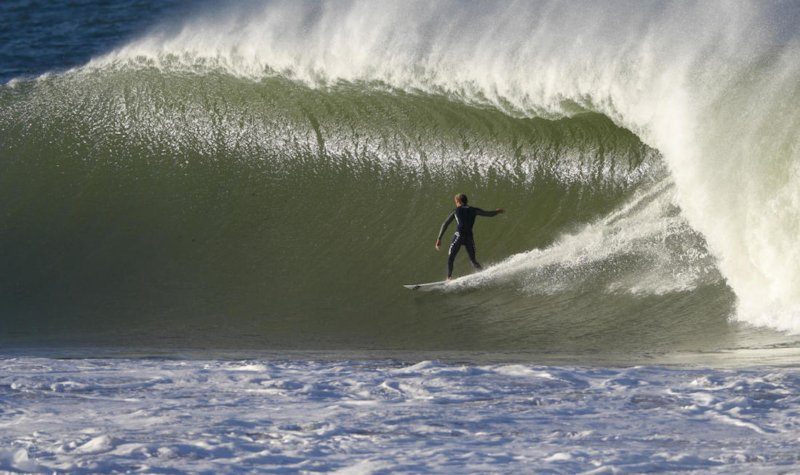

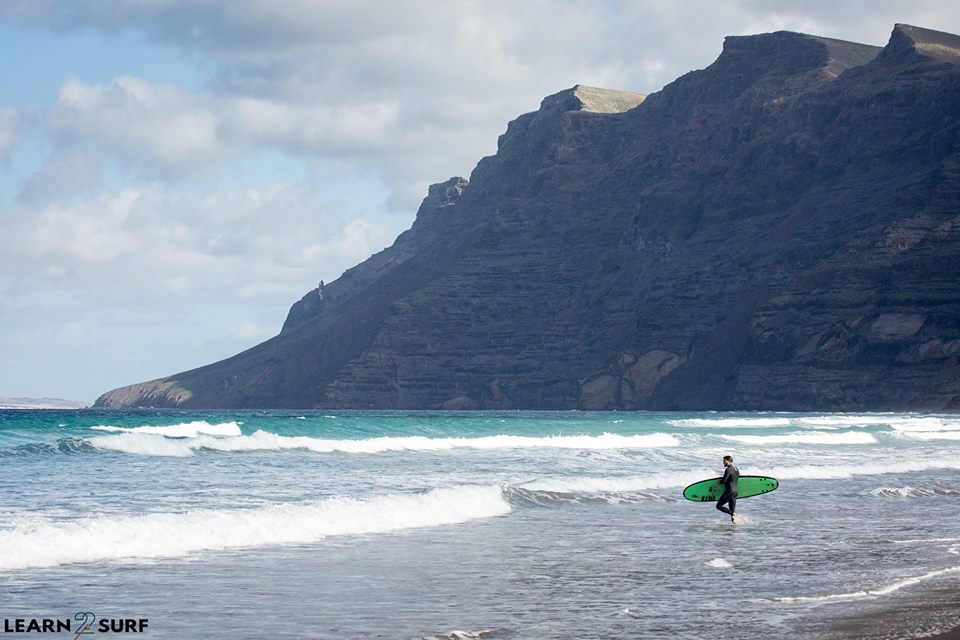
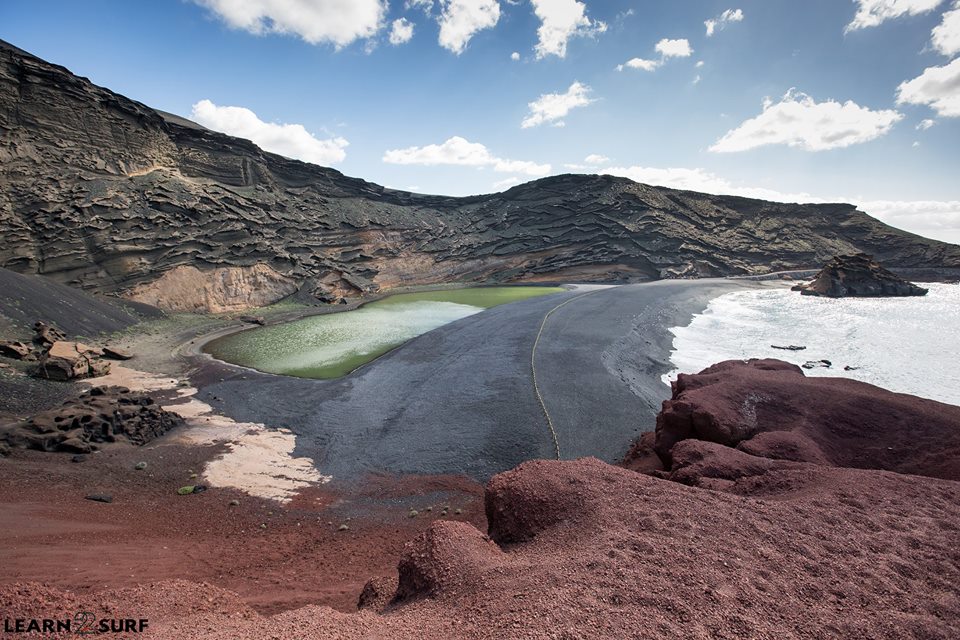
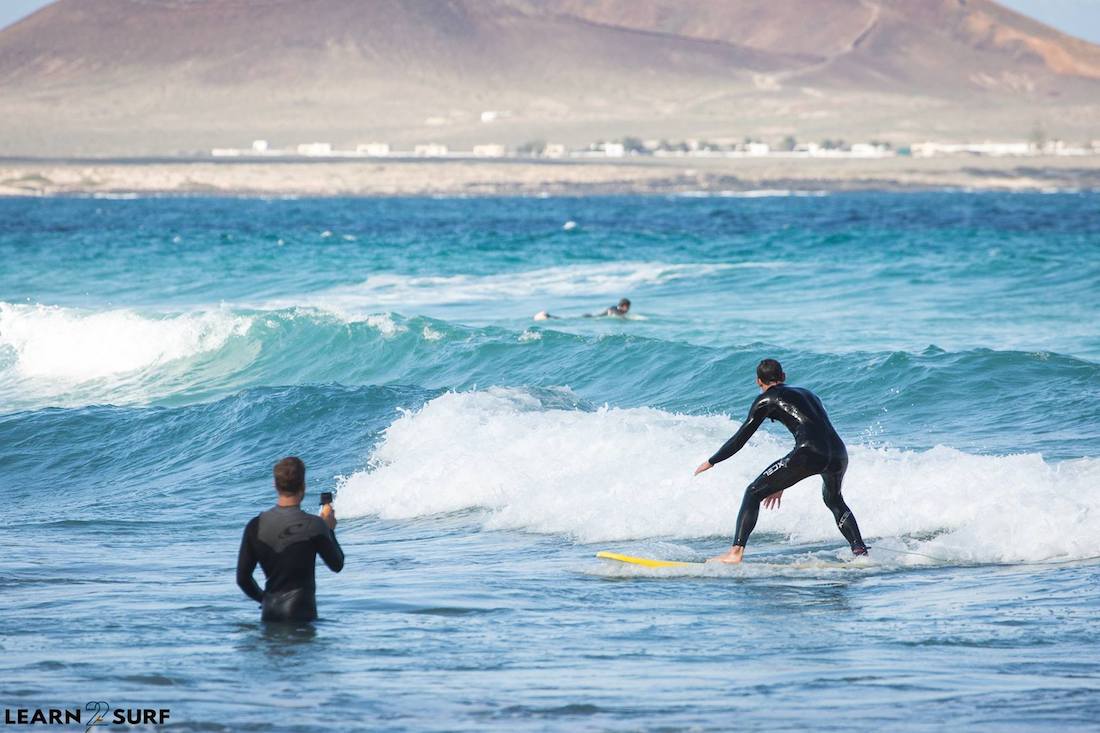
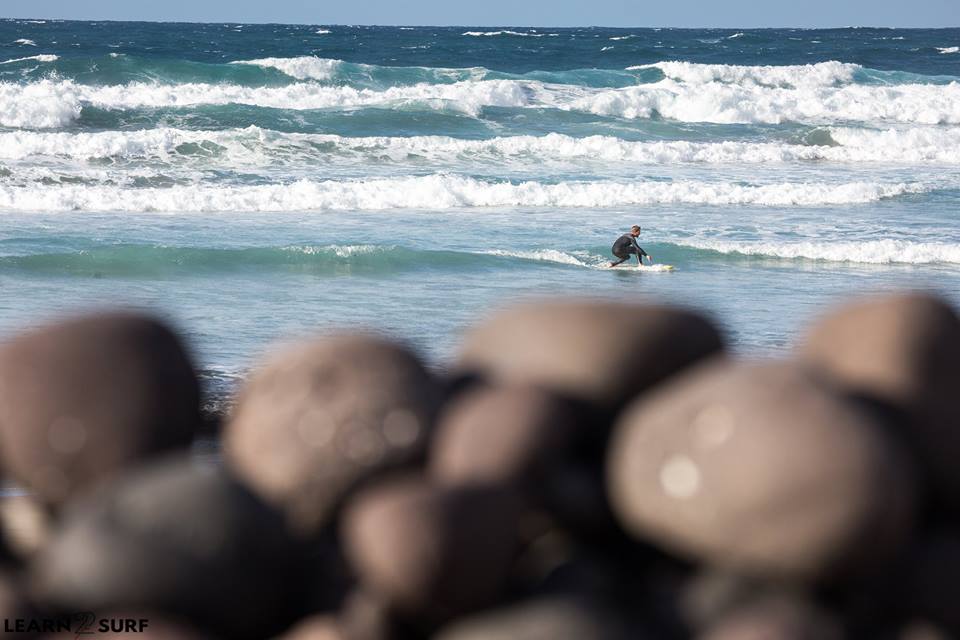
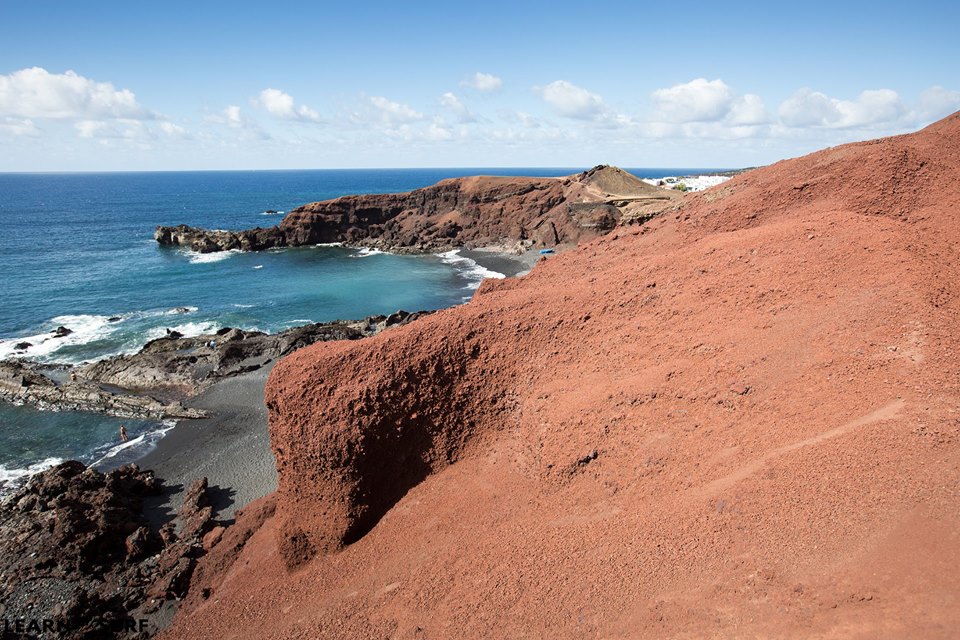
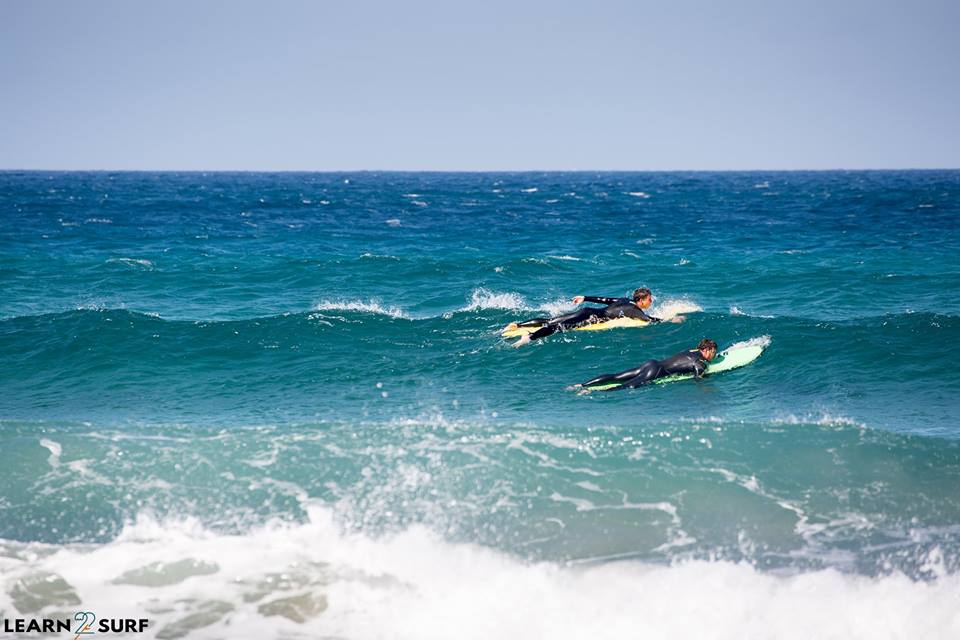
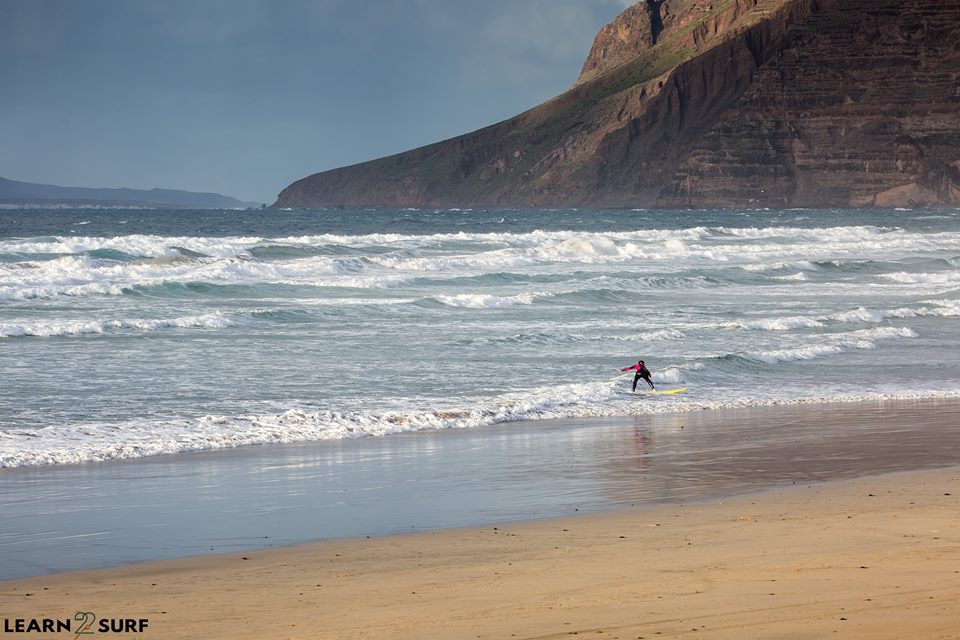
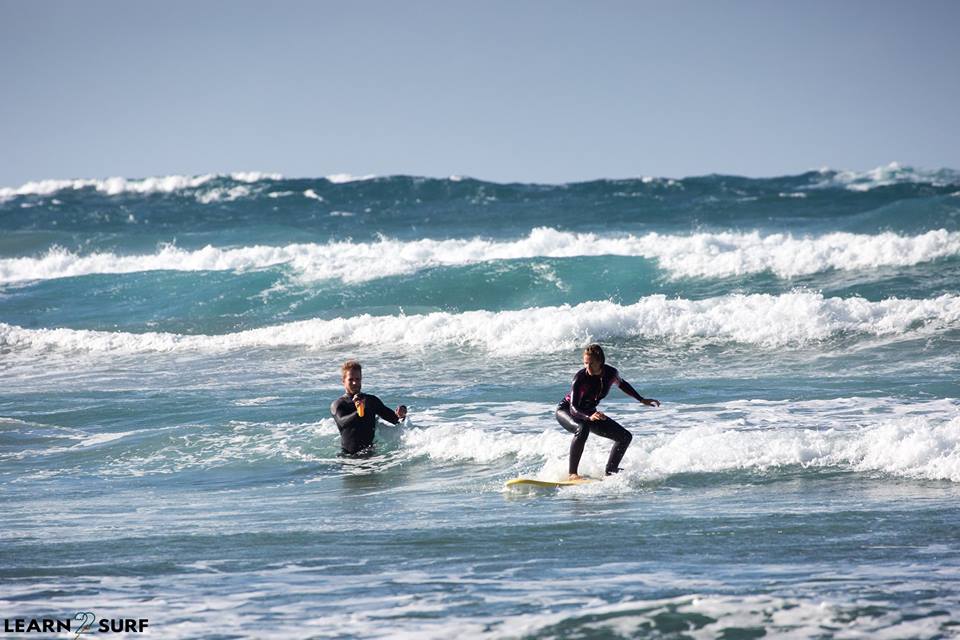
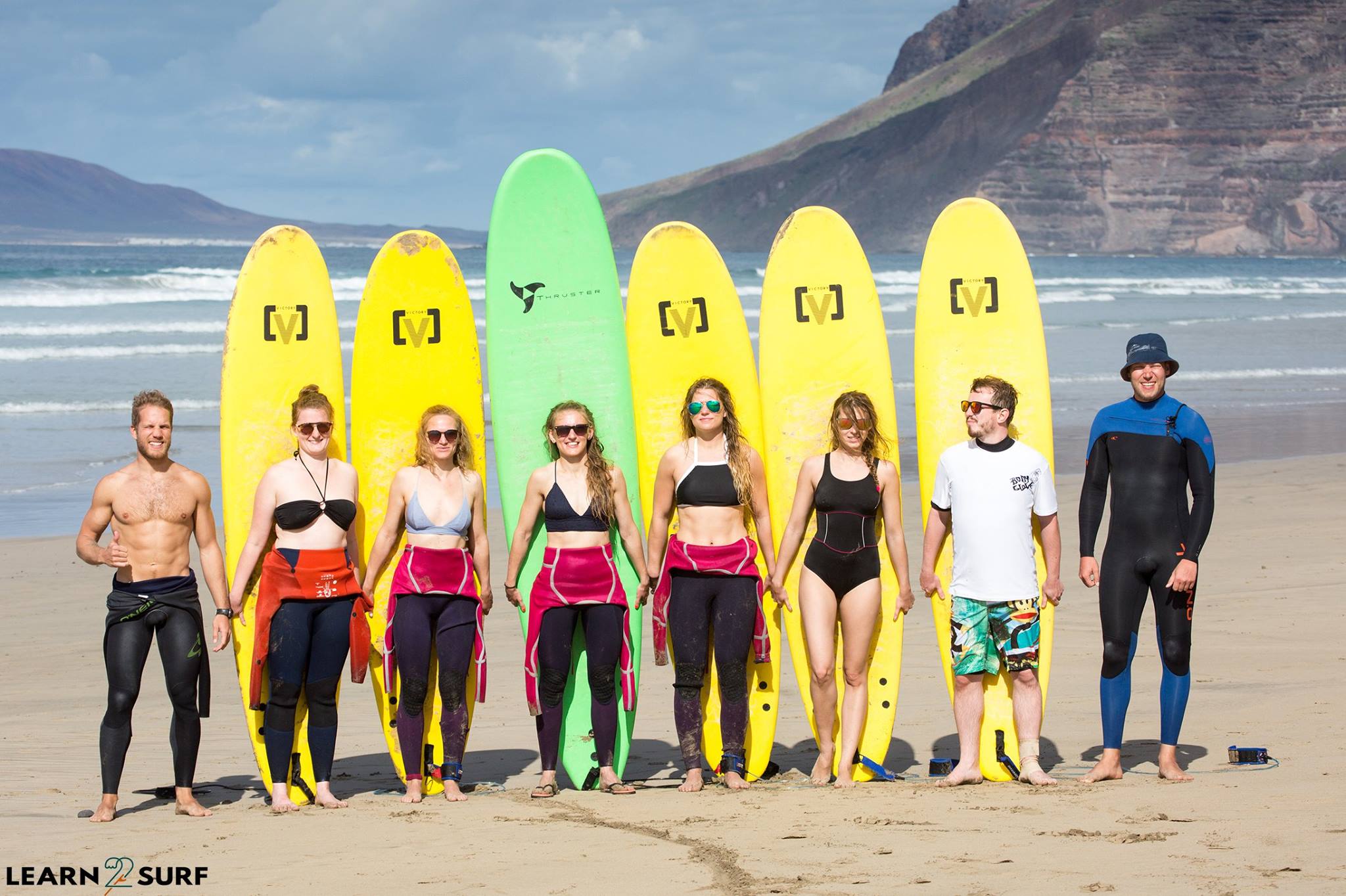

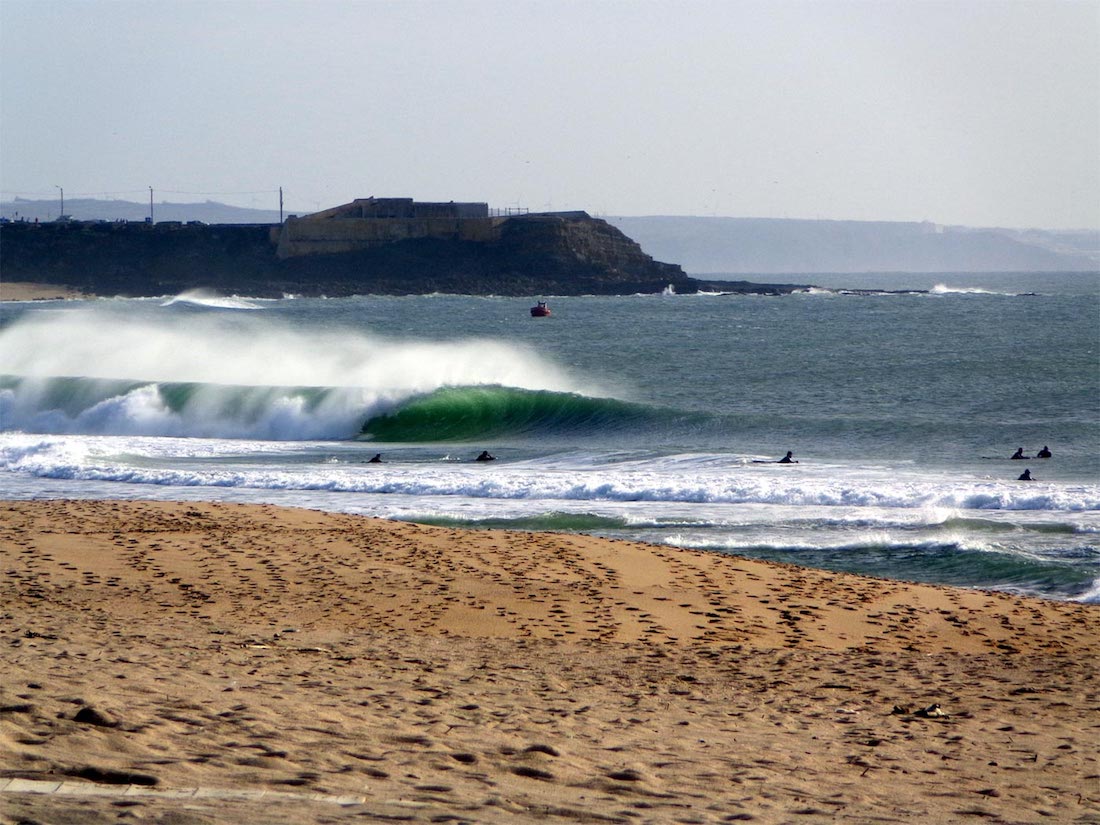
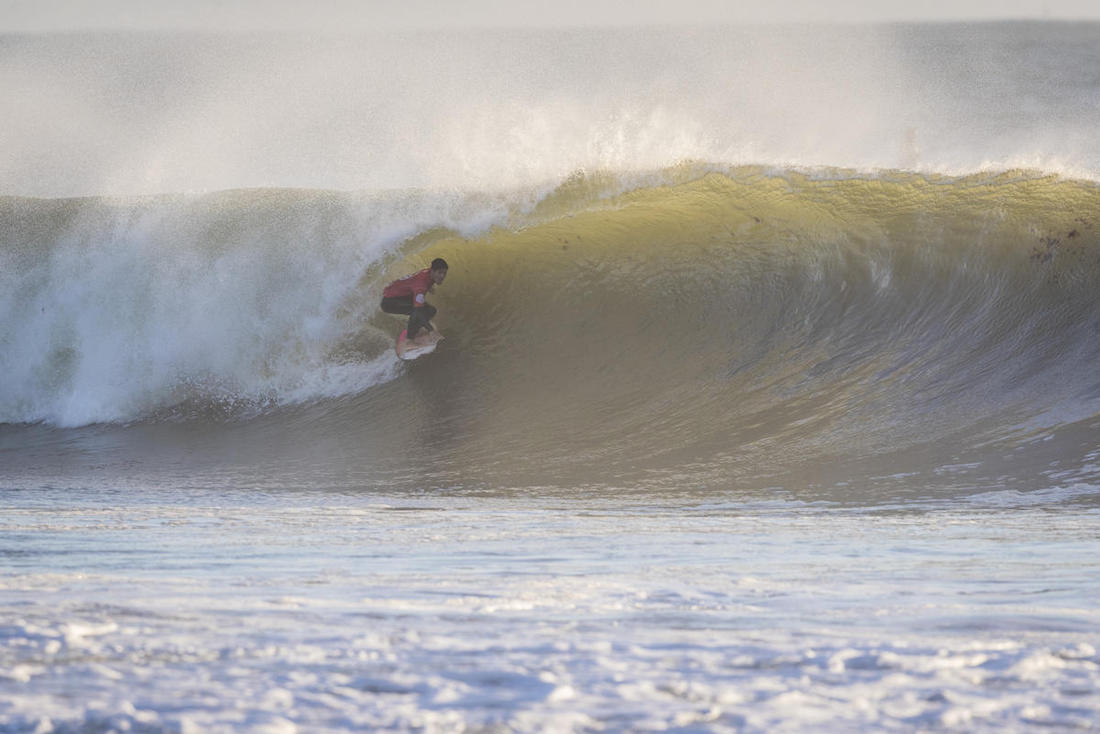
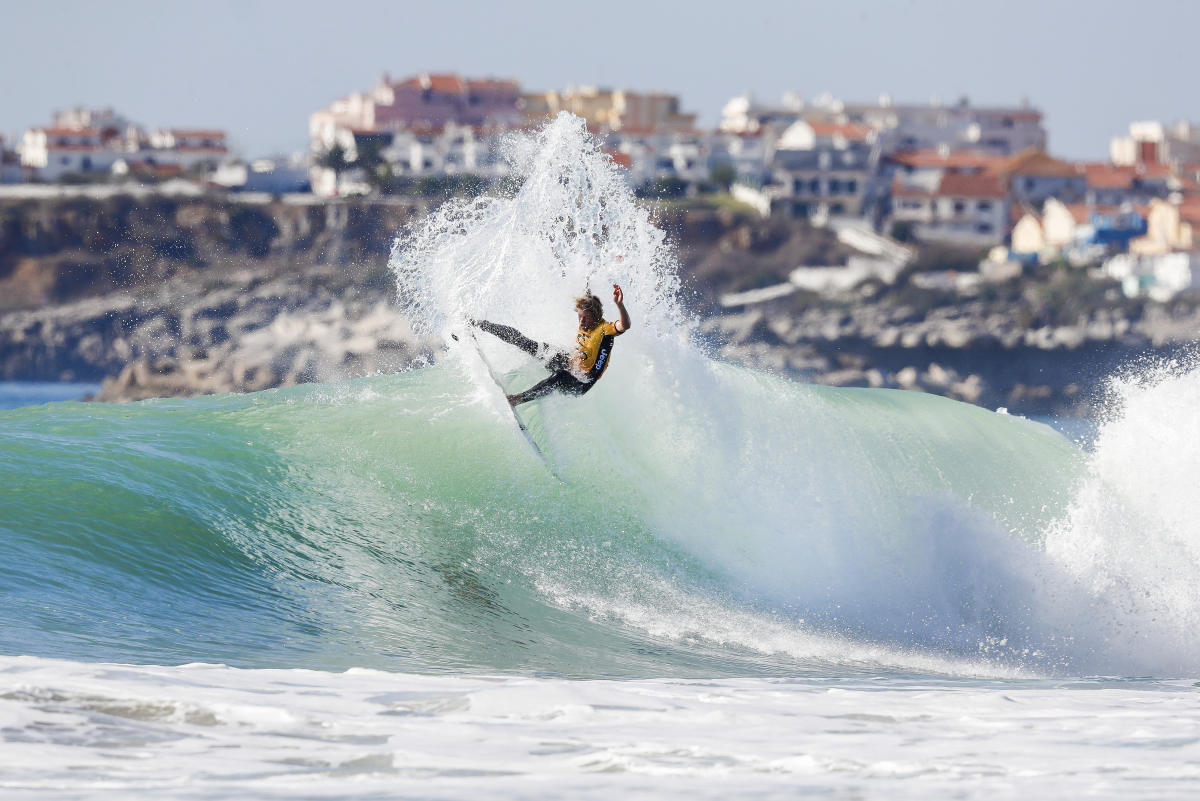
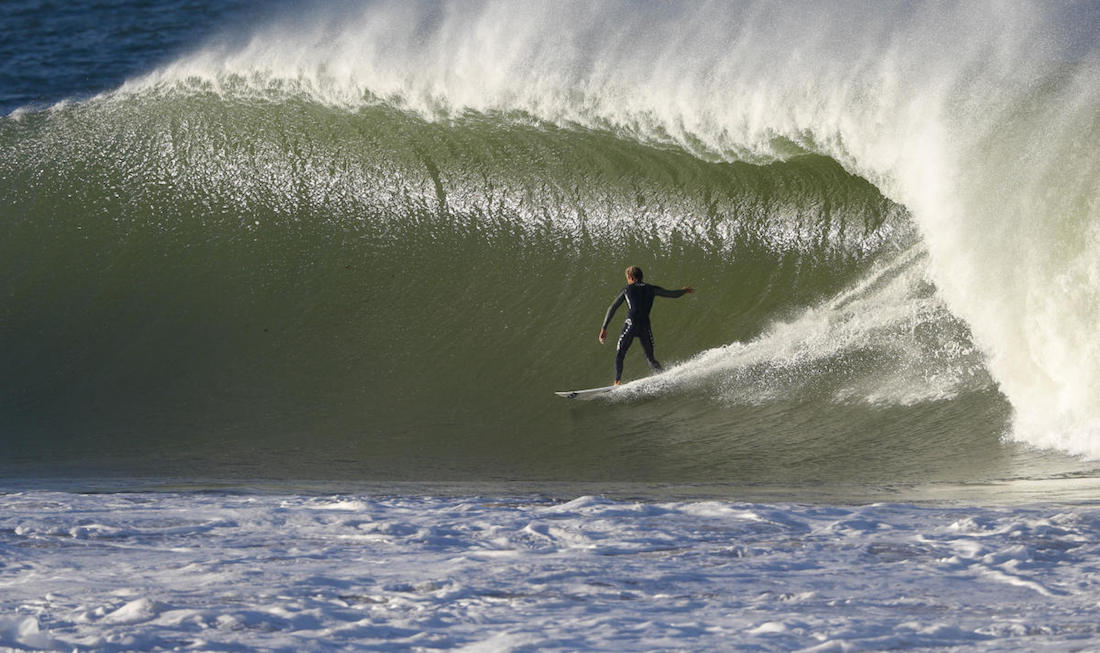
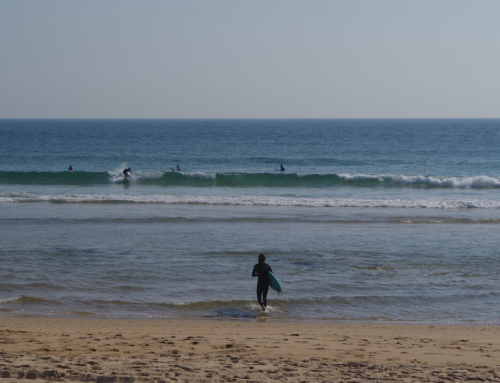
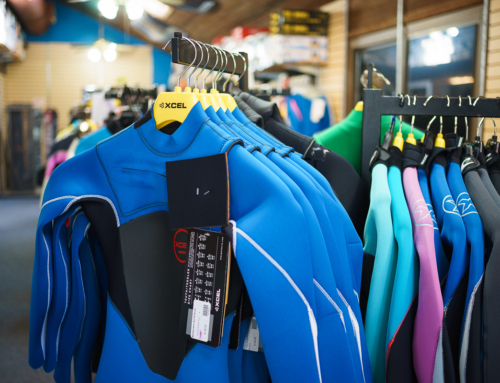
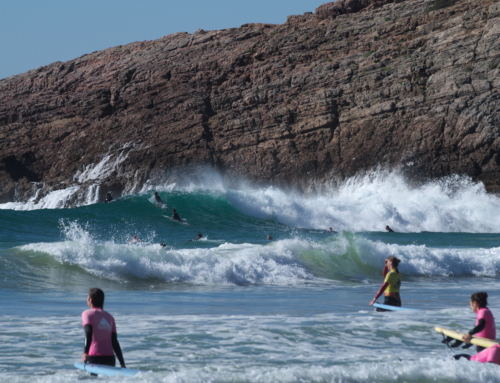
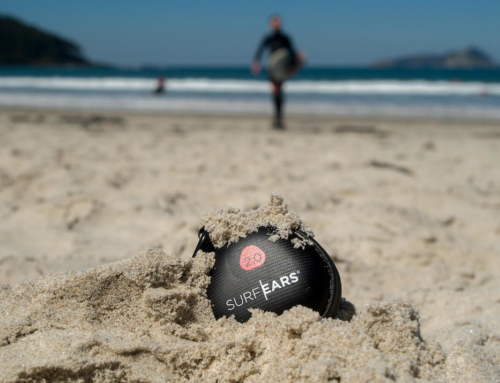
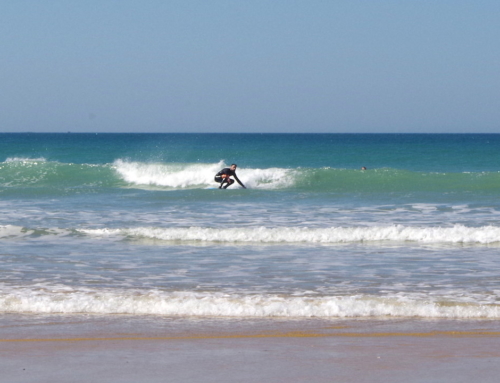
Next time don’t miss Ericeria, 40km from Lisbon.
I was in Ericeira couple of years ago but unfortunatelly didn’t surf. I loved it anyway!
Which island do you recommand in the Canaries?? I get kinda lost looking at all 4 major islands…
https://mywavefinder.com/destination/canary-islands-surf-guide/
You are welcome in Taghazout
https://www.airbnb.co.uk/rooms/39321407?guests=1&adults=1&s=42&unique_share_id=5a25b35d-6a32-4b9a-b9e9-aa35ac557dc2
Just the content I was looking for. Thank you for this. It is an amazing guide for us surfer’s planning our future Europe trip during winter. Those waves are crazy! Perfect for people who are up for a challenge. Check out this list as well, a great reference in planning for your next surfing adventures
https://3dfins.eu/blogs/media-spotlight/top-surfing-destinations-around-the-world
[…] to be particularly generous with us as we approach the time of year when we enjoy board adventures. European surf enthusiasts flock to Morocco’s Taghazout area for its warm-ish water, Berber culture, and world-class surf. […]